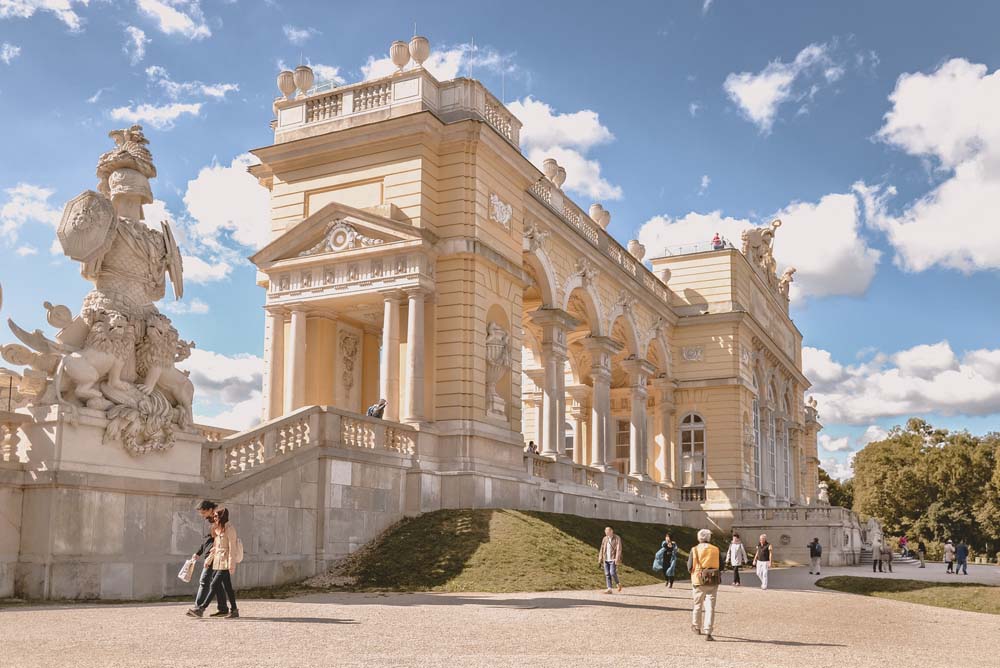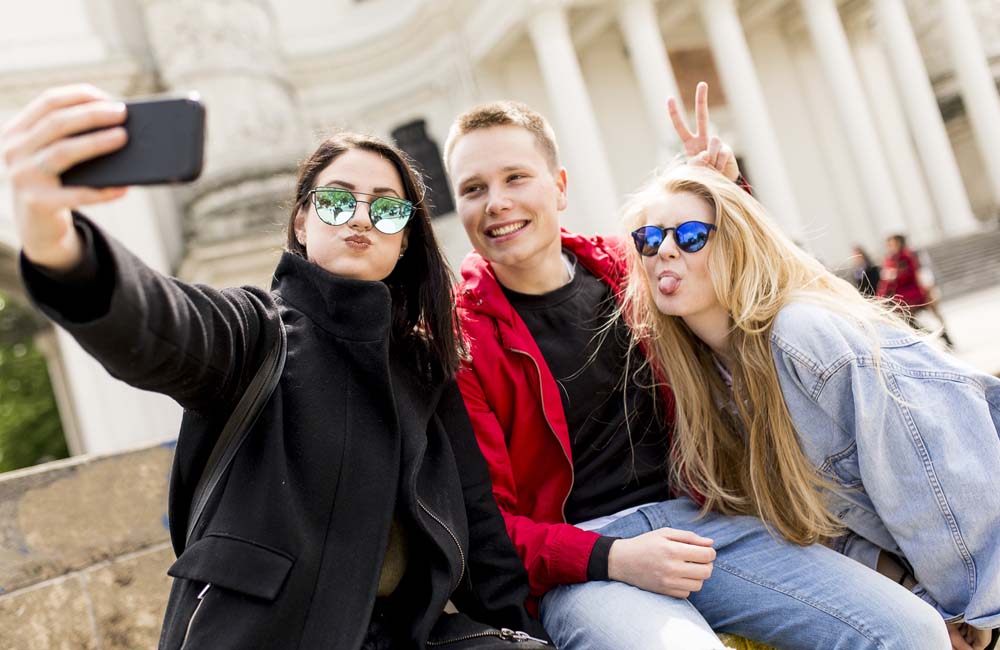Overview
Vienna, known as Europe’s cultural capital, is a city with a unique elegance and vibrancy. It is located on the banks of the Danube River and offers an outstanding infrastructure, cleanliness and safety. It appears regularly on the list of the world’s most liveable cities.
A visit to Vienna is a dream come true for anyone with a romantic streak or interest in history. Sightseeing opportunities are found in abundance, along narrow, medieval alleyways or across imperial squares and gardens. The city is famous for its Schönbrunn and Hofburg Palaces and majestic architecture along the Ring boulevard.
Vienna also offers a lively and vast array of cultural attractions. Whether classical or experimental theatre, film or dance festivals, opera, exhibitions or concerts, there something exciting to discover at any time of the year.
Vienna is the largest university city in the German-speaking world, and home to a population of almost 200,000 students. As a result, the city caters well to these residents and is especially suited to a German language study holiday in Vienna.
Language Schools and Camps in this Destination
Images of Vienna, Austria
Things to Do and See During a Vacation Study
Schönbrunn Palace
Schönbrunn Palace, one of the most popular tourist attractions in Vienna, was the Rococo-style summer palace of the great Hofburg monarchy. It was originally built by Emperor Leopold I in 1696, but modified considerably by the Empress Maria Theresa 40 years later. It was here that 6 year-old Mozart played in front of Maria Theresa in the Hall of Mirrors and met the 7 year-old Marie Antoinette. Only 40 rooms of the 1441 are open to the public.
Art History Museum
The Art History Museum was built in 1891 near the Imperial Palace to hold the collections of the Imperial family. It is considered one of the most eminent museums in the world.
Staatsoper
The Vienna State Opera is one of the best in the world. This famous house offers a different program every day, with over 50 operas and ballet works on around 300 days per season.
Stadtpark
This huge park is located on the edge of Vienna’s old city and is a great place for an afternoon break. The park is known for the many sculptures within it, like the one of Franz Schubert and the gilded bronze monument of Johann Strauss II.
Volksgarten
The Volksgarten is located on the Ringstrasse and is laid out in the French Baroque style, in the form of an English park. It also has a rose garden with over 3,000 rose bushes of more than 200 different varieties.
Prater
The Prater in Vienna is a large park, open to the public just between the Danube River and the old city. It includes an amusement park, a promenade and a well-known Ferris wheel that offers fantastic views of the city.
Hundertwasser
The Hundertwasser houses were built after the concept of Austrian artist Friedensreich Hundertwasser and architect Joseph Krawina. This expressionist landmark of Vienna is located in the Landstraße district on the corner of Kegelgasse and Löwengasse.
The City Hall
Friedrich von Schmidt, previously the architect of the Cathedral of Cologne, designed and built Vienna’s City Hall, the most important secular building in the neo-Gothic style in the city. The tower is 98 meters tall and has become a symbol of Vienna.
Austrian National Library
The State Hall, the heart of the Austrian National Library, is one of the most beautiful library halls in the world. Its dome was magnificently frescoed by the court painter Daniel Gran. More than 200,000 volumes are exhibited here, among them the comprehensive library of Prince Eugene of Savoy as well as one of the largest collections of Martin Luther’s writings from the Reformation Era.
St. Stephen’s Cathedral
St. Stephen’s Cathedral is an impressive Catholic church in the center of Vienna. Along with the colorful roof, it is seen and easily recognized practically from almost anywhere in the city. Like many Vienna’s other buildings, this cathedral was severely damaged during World War II and rebuilt. A climb of the 343 steps is well worth the effort – the view of Vienna from 450 feet above the ground is simply breathtaking.
Hofburg Palace
The Hofburg Palace in Vienna provides an authentic view into the daily life of what was once the center of the powerful Habsburg dynasty. Today, the Hofburg palace hosts some very interesting museums and serves as the official home of Austria’s president.
Belvedere Palace
The Belvedere Palace is one of the best examples of Baroque architecture in Europe and consists of two spaces. The upper palace is the more visited one that displays the richness of the architecure of that time. Its decorations represent the finest rococo interiors in Europe. The museum mostly hosts Austrian artists with works stretching from the Middle Ages to the Art Nouveau periods.
The House of Figaro (House of Mozart)
This apartment is in the old town of Vienna near St. Stephen’s Cathedral and is known as the House of Figaro. Wolfgang Amadeus Mozart lived there between 1784 and 1787 and in it composed some of his great works, including The Marriage of Figaro. It also hosted his concerts with Haydn.
How to Arrive at your Language Course
By plane
Vienna’s international airport is located in Schwechat, 18km southeast of the city center. To arrive in the center, the City Airport Train departs every half hour, arriving at U-Bahn station Wien Mitte. The ride takes 16 minutes. A regular S-Bahn train is also available, departing from the airport to Wien Mitte station approximately every 30 minutes. The ride takes about 25 minutes. A taxi to the centre takes about 15 minutes.
By train
Vienna’s new Wien Hauptbahnhof (central station) is a short distance from the city centre; take tram D to reach the Ring.
By bus
All international buses arrive at the Vienna International Busterminal (VIB). Across the street is the Erdberg U-Bahn station, where a train is available for the city center. The ride takes 10 minutes.


























